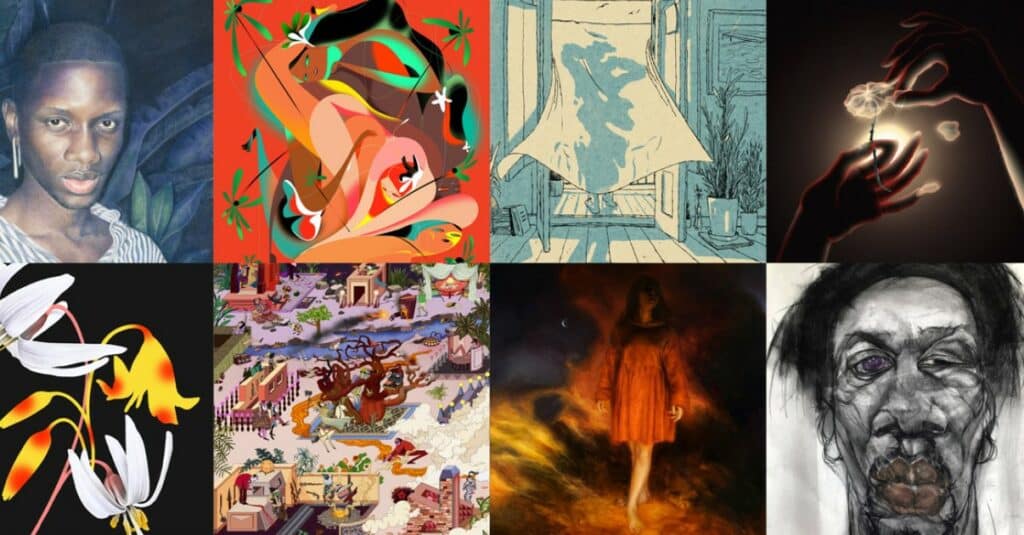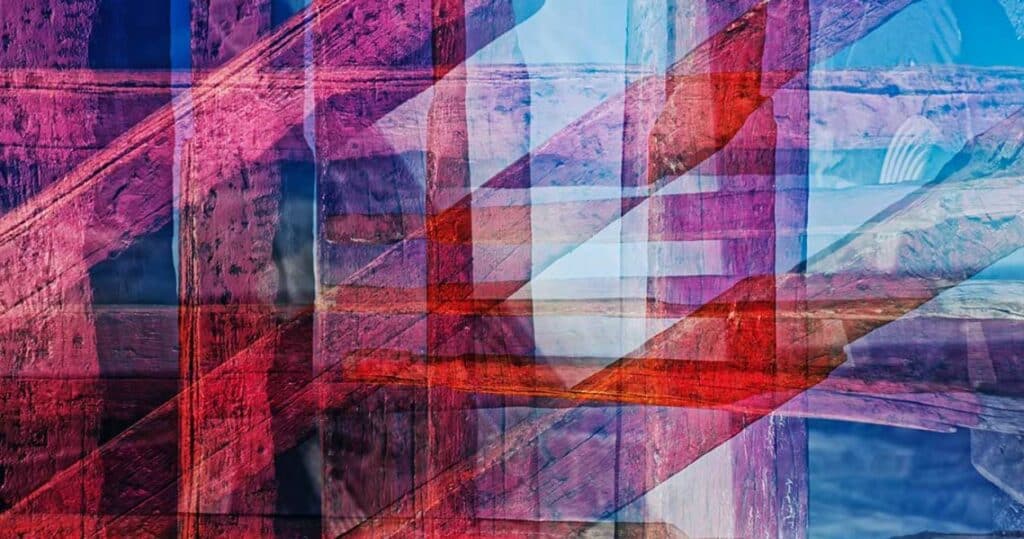Artists and Their Inspirations: 10 Influential Sources of Creative Motivation
In this article,”Artists and Their Inspirations: 10 Influential Sources of Creative Motivation”, we take a deeper look at the top 10 sources of inspiration that continue to stoke the fires of creativity within the minds of artists all around the world.In all of its myriad manifestations, art is an embodiment of the human experience; it captures feelings, narratives, and visions that are independent of both time and culture.
An intricate web of inspirations and impulses that serve to drive the creative spirit can be found at the back of every masterpiece. The process of artistic production is frequently entangled with a wide variety of sources of inspiration, and this can be seen in everything from the grandiose strokes of a painter’s brush to the melodious symphonies orchestrated by composers.
Many things have given artists ideas over the years, but the Famous Artists and Their Muses who have left an indelible mark on their work may be the most interesting and lasting. These muses, who could be lovers, friends, or traditional muses, have given some of the world’s most famous artists ideas for their works.
10 Influential Sources of Creative Motivation for Artists
Artists find ideas and concepts for their works in a wide variety of places, each of which has the potential to ignite the artist’s creative passion and propel them toward the production of works of exceptional quality. These sources span from the tangibly real to the purely speculative, as well as from the intensely personal to the general. The following is a list of the top ten sources of inspiration for creative work for artists:
1. Nature’s Bountiful Palette
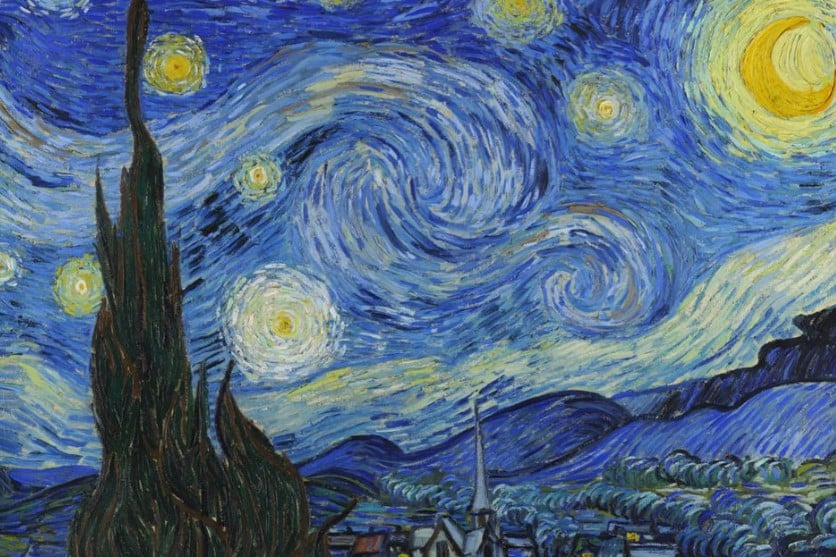
The awe-inspiring scenery, vibrant hues, and fine details that can be found in nature have provided painters with inspiration for an incalculable amount of time. The way light interacts with water, the majesty of mountains, and the delicate beauty of flowers have all served as inspiration for numerous painters, photographers, and sculptors to produce their works of art.
Key Aspects: Nature’s Bountiful Palette
| Aspects: | Description |
| Scenic Landscapes: | Inspiration drawn from natural vistas. |
| Vibrant Colors: | Use of nature’s diverse and vivid hues. |
| Textures and Patterns: | Intricate details found in natural forms. |
| Play of Light and Shadow: | Capturing the ever-changing light. |
| Seasons and Transitions: | Reflecting the cyclical nature of life. |
| Flora and Fauna: | Depicting the beauty of plant and animal life. |
| Natural Wonders: | Inspiration from geological marvels. |
| Weather and Atmosphere: | Conveying the mood of the environment. |
2. Historical Narratives and Myths
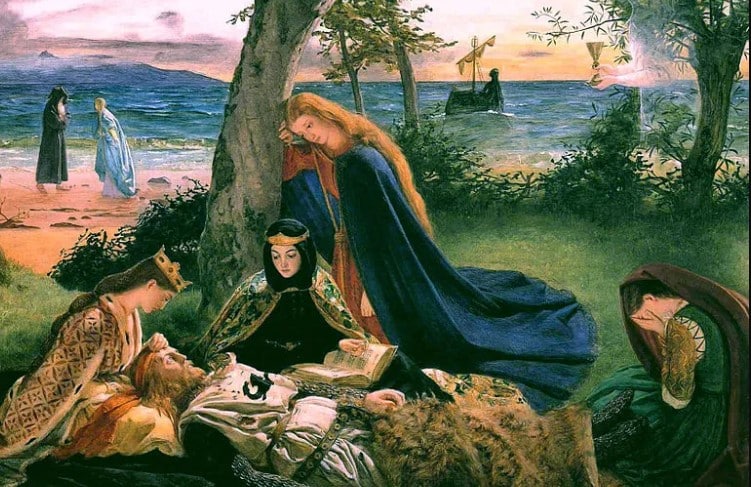
Myths and legends from different cultures can provide a plethora of ideas, and history contains a rich mine of stories to draw from. It is common practice for artists to research past occurrences, people, or myths in order to reimagine and reanimate these stories in a manner that is singularly their own.
Key Aspects: Historical Narratives and Myths
| Aspects: | Description |
| Historical Events: | Drawing inspiration from pivotal moments in history. |
| Cultural Myths and Legends: | Reimagining and bringing ancient tales to life. |
| Folklore and Oral Traditions: | Using folklore as a basis for creative reinterpretation. |
| Historical Figures: | Portraying the lives and legacies of influential individuals. |
| Symbolism and Allegory: | Incorporating symbolic representations into artwork. |
| Historical Architecture and Art: | Interpreting and reimagining historical art and architecture. |
| Socio-Political Movements: | Addressing societal issues through historical contexts. |
| Cultural Heritage and Identity: | Exploring the influence of culture on artistic expression. |
3. Personal Journeys and Emotions
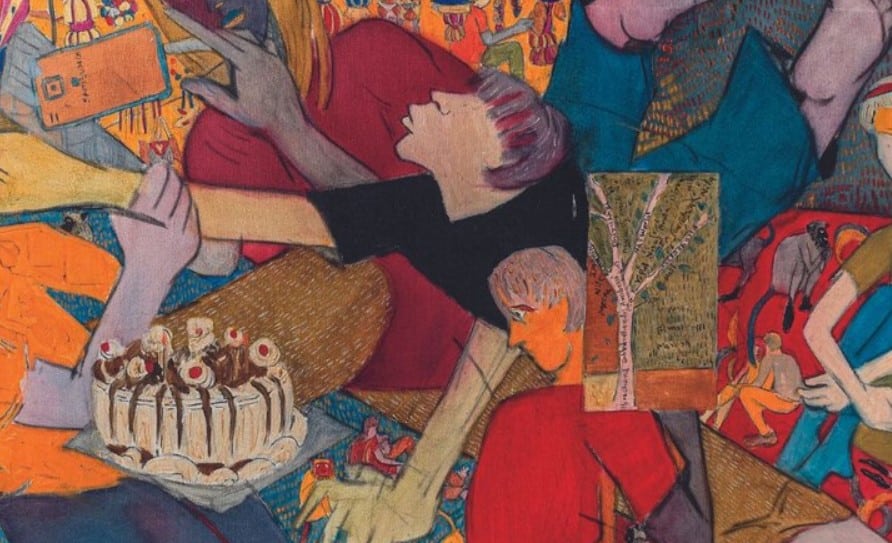
It is common practice for artists to draw inspiration from their own personal experiences and feelings. The creative process can serve as a cathartic avenue for personal expression, enabling artists to communicate their happiness, sadness, and internal thoughts through the media of their choice.
Key Aspects: Personal Journeys and Emotions
| Aspects | Description |
| Self-Expression: | Artists use their work to convey personal thoughts and feelings. |
| Catharsis: | Creativity becomes a therapeutic outlet for emotional release. |
| Introspection: | The creative process involves reflecting on one’s own experiences. |
| Empathy: | Artists seek to evoke understanding and connection through shared emotions. |
| Authenticity: | Art reflects genuine and raw emotional experiences. |
| Vulnerability: | Artists explore their own vulnerabilities and human fragility. |
| Transformation: | Personal growth and change are portrayed through creative expression. |
| Resilience: | The journey of overcoming challenges is translated into artistic narratives. |
4. Urban Dynamics and City Life
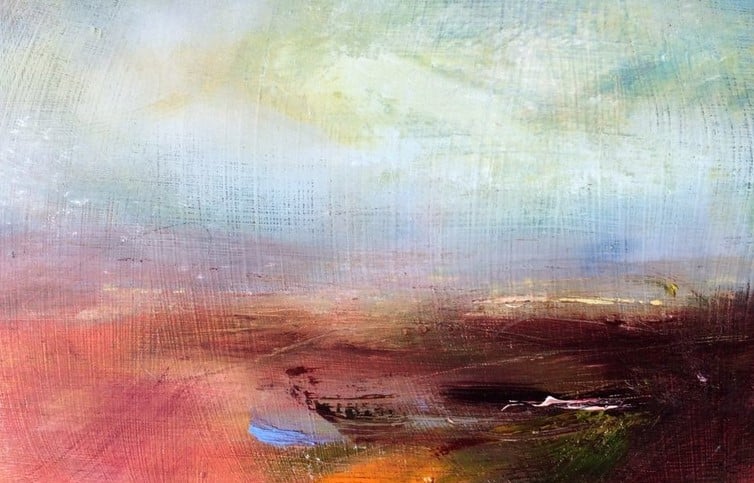
Artists have been inspired to create works that represent the essence of modern civilization by the vivacity of city life, the bustling streets, and the rhythm of urban landscapes. Artists frequently use the city itself as a canvas for their creative creations, whether it be in the form of street art or cityscapes.
Key Aspects: Urban Dynamics and City Life
| Aspects | Description |
| Street Scenes: | The bustling energy and unique characters of city streets. |
| Architecture: | The diverse and iconic architectural structures of cities. |
| Urban Decay: | The beauty in the decay and transformation of urban spaces. |
| Cultural Diversity: | The mixing of cultures and the fusion of diverse traditions. |
| Cityscape Perspectives: | The dynamic and ever-changing cityscapes as viewed by artists. |
| Everyday Life: | The ordinary and extraordinary moments that happen daily. |
| City Lights and Nightlife: | The enchanting illumination and vibrant nightlife of cities. |
| Social Interactions: | The human interactions and relationships within city life. |
5. Cultural Diversity and Traditions

Motivation for creativity can be found in huge quantities within the complex tapestry of various civilizations. Artists frequently investigate and promote cultural diversity, as well as distinct traditions and customs, with the goals of bridging gaps and fostering a deeper knowledge of a variety of countries.
Key Aspects: Cultural Diversity and Traditions
| Aspects | Description |
| Folklore and Traditional Tales: | Drawing inspiration from rich cultural stories. |
| Festivals and Rituals: | Exploring the vibrancy and significance of celebrations. |
| Indigenous Art and Craft: | Incorporating traditional art forms into contemporary works. |
| Cross-Cultural Influences: | Blending elements from diverse cultural backgrounds. |
| Cultural Symbols and Icons: | Utilizing symbols and icons to convey cultural identity. |
| Heritage and Ancestral Connections: | Delving into the historical roots and lineage of a culture. |
| Social Norms and Values: | Reflecting the ethos and principles of a society. |
| Multicultural Experiences: | Portraying the experiences of living in diverse environments. |
6. Technological Innovations and Modern Advancements

The intersection of art and technology has resulted in the emergence of fresh modes of creative expression. Artists are embracing technological breakthroughs in order to broaden the boundaries of their profession and engage with current audiences. This can be seen in everything from virtual reality experiences to digital art.
Key Aspects: Technological Innovations and Modern Advancements
| Aspects | Description |
| Digital Artistry: | Artists embrace digital tools for precision, flexibility, and innovative techniques. |
| Virtual Reality Experiences: | Artists use VR to create immersive, interactive artworks that engage audiences. |
| Augmented Reality Integration: | AR adds layers of digital elements to the physical world, opening new artistic possibilities. |
| 3D Printing: | Artists can turn digital designs into physical sculptures, pushing boundaries. |
| Video Art: | The medium allows artists to convey complex narratives through moving images. |
| Interactive Installations: | Artists create participatory artworks that respond to viewer interactions. |
| Data Visualization and Algorithmic Art: | The visualization of data and algorithms inspire unique, data-driven art forms. |
| AI-Generated Art: | Artists explore AI’s creative potential, using algorithms to generate art. |
7. Political and Social Movements

Artists frequently deal with the issues of their day and use their work as a tool to address political and social concerns. One example of this would be the phrase “artists frequently engage with the issues of their time.” Their works have the potential to act as potent instruments for social commentary and as a driving force behind societal change.
Key Aspects: Political and Social Movements
| Aspects | Description |
| Historical Revolutions: | Inspiring narratives of social uprisings and revolutions |
| Cultural Activism: | Utilizing art as a medium for cultural and social change |
| Political Commentary: | Expressing viewpoints on political events and ideologies |
| Social Justice: | Advocating for equality and fairness through art |
| Community Engagement: | Involvement with local communities to spark change |
| Protest Art: | Creating art to raise awareness and provoke action |
| Human Rights Advocacy: | Using art to highlight and address human rights issues |
| Global Solidarity: | Fostering unity and support for international causes |
8. Spiritual and Philosophical Quests
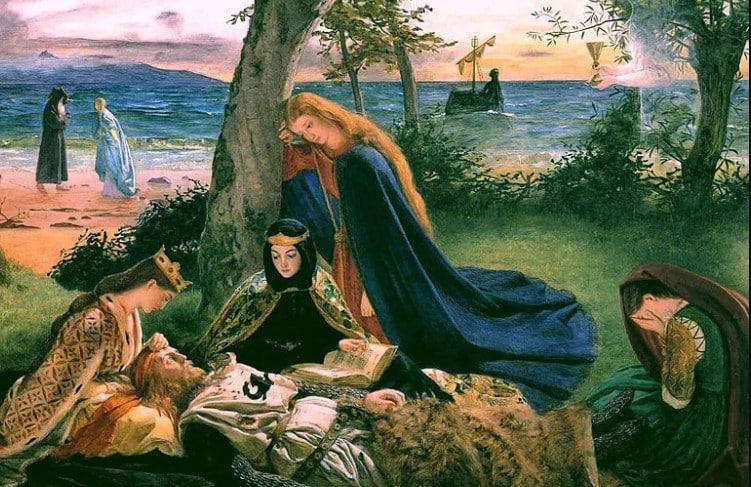
The pursuit of answers to philosophical and spiritual issues has proven to be a rich source of inspiration for creative people. The expression of the intangible components of faith, belief, and transcendence are frequently conveyed through the medium of art, which serves as a tool for grappling with existential questions.
Key Aspects: Spiritual and Philosophical Quests
| Aspects | Description |
| Inner Enlightenment: | Seeking spiritual growth and understanding of the self. |
| Metaphysical Exploration: | Delving into abstract concepts beyond the tangible world. |
| Transcendence: | Exploring the boundaries of human existence and consciousness. |
| Moral Dilemmas: | Grappling with ethical complexities and philosophical quandaries. |
| Existential Reflection: | Contemplating the meaning of life and the human condition. |
| Mystical Experiences: | Capturing the essence of the divine and spiritual encounters. |
| Symbolism and Allegory: | Utilizing symbolic representations to convey profound philosophical concepts. |
| Harmony and Balance: | Expressing the interconnectedness of the universe and the equilibrium of existence. |
9. Interpersonal Relationships and Connections
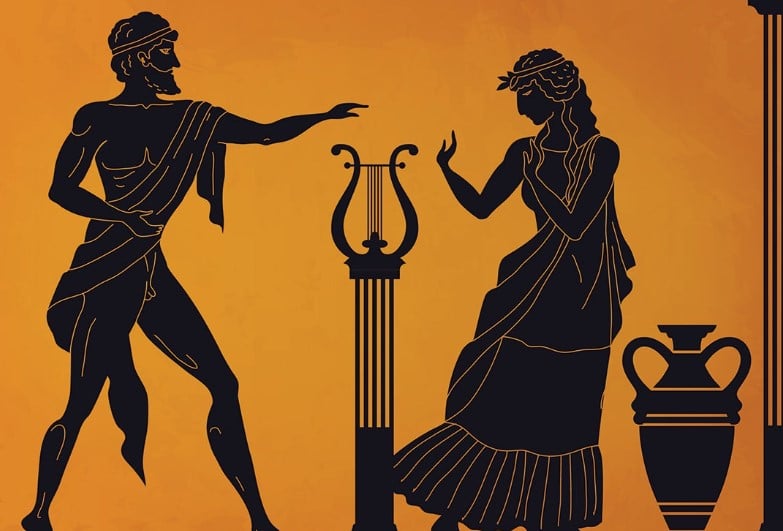
Artists have, for a very long time, been fascinated by the intricacies of human interactions. Whether it be through portraiture or music, artists strive to represent the breadth of human experience as well as the complex interconnections that make up human relationships.
Key Aspects: Interpersonal Relationships and Connections
| Aspects | Description |
| Family Support: | Emotional backing from family members. |
| Collaborative Partnerships: | Joint projects with other artists or creators. |
| Mentorship: | Guidance and inspiration from experienced mentors. |
| Networking: | Expanding connections within the art community. |
| Emotional Bonds: | Personal relationships that fuel creativity. |
| Social Feedback: | Responses from peers and audiences. |
| Cultural Influences: | The impact of cultural diversity and heritage. |
| Emotional Resonance: | Relating to and channeling personal experiences. |
10. Dreams and Imagination
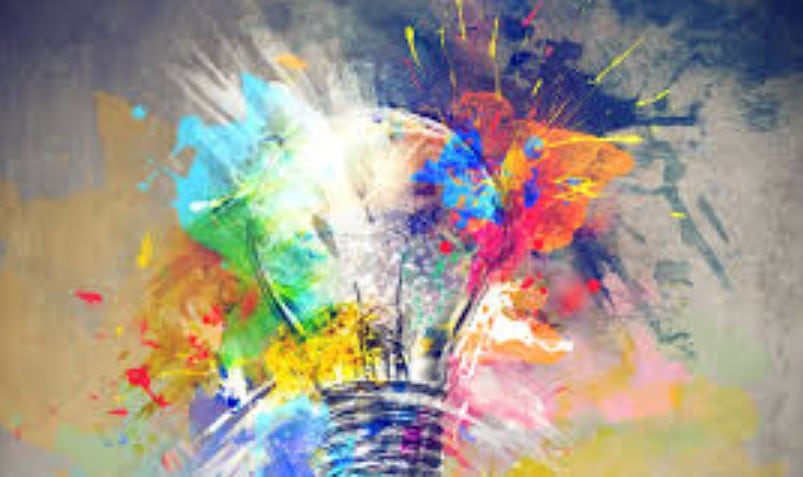
The inexhaustible domain of dreams and imagination acts as an endless wellspring of inspiration for creative endeavors. It gives artists the ability to break out from the confines of reality and explore the fantastical, the surreal, and the whimsical in order to generate surprise and interest in their audiences.
Key Aspects: Dreams and Imagination
| Aspects | Description |
| Inspiration: | Dreams spark unique ideas and concepts. |
| Emotional Depth: | Imagination adds depth and feeling to art. |
| Escapism: | Artists escape reality through creativity. |
| Symbolism: | Dreams provide rich symbolism for artwork. |
| Exploration: | Imagination leads to the exploration of new themes. |
| Innovation: | Dreams drive innovative techniques and styles. |
| Personal Vision: | Imagination helps artists convey their vision. |
| Boundless Potential: | Endless possibilities in dreams and imagination. |
Check out art that’s not just paintings and sculptures! Visit famous art shows that draw people from all over the world. Check out our interesting article on Famous Art Exhibitions to help you plan your next art-driven trip.
Because it is the physical manifestation of human creativity, art derives its vitality from a conglomeration of diverse influences that combine to form the individual viewpoint of its creator. The varied sources of creative motivation give artists with a rich fabric onto which they can weave their narratives. These sources range from the raw emotions that are embedded in human experiences to the panoramic breadth of the beauties that nature has to offer. These sources will definitely continue to influence and mold the creative activities of artists, infusing their enduring masterpieces with new vitality as the artistic environment continues to shift and develop.
FAQ
Where do artists get their ideas?
Nature, personal experiences, emotions, cultural diversity, and historical narratives are all common sources of inspiration for artists. Finding inspiration is a highly personal process that varies depending on the artist’s unique perspective and creative process.
Is it possible for art to represent society issues?
Art is a strong medium for reflecting on and addressing societal issues. Artists can call attention to societal injustices, cultural quandaries, and political unrest through visual representations, music, and other art forms, creating critical conversations and supporting social change.
How important is imagination in art?
Imagination is an essential component of artistic expression, acting as a catalyst for invention and creativity. It allows artists to explore undiscovered realms of the mind and spirit to create unique and thought-provoking creations that provoke awe and introspection.
